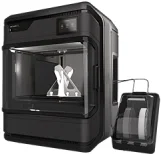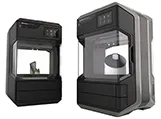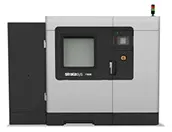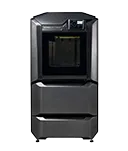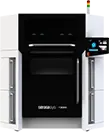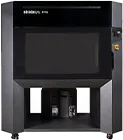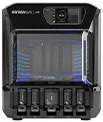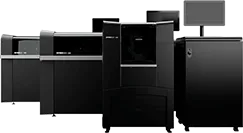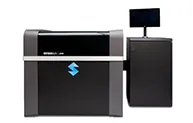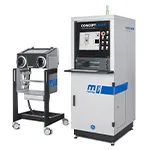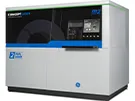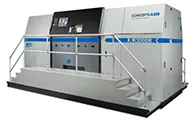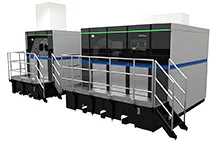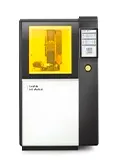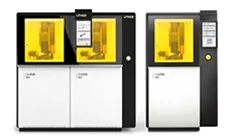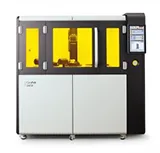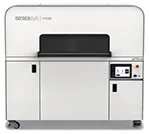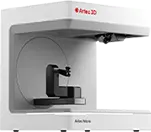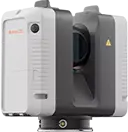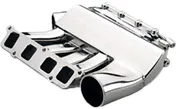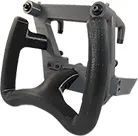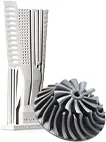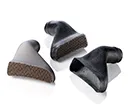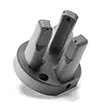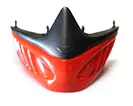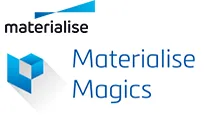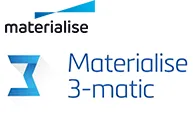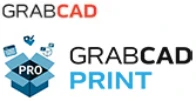The two most common types of molded pulp are classified as Type 1 and Type 2. Type 1 is commonly used for support packaging applications with 3/16 inch (4.7 mm) to 1/2 inch (12.7 mm) walls. Type 1 molded pulp manufacturing uses a fiber slurry made from ground newsprint, kraft paper or other fibers dissolved in water. A mold mounted on a platen is dipped or submerged in the slurry and a vacuum is applied to the backside. The vacuum pulls the slurry onto the mold to form the shape of the package. While still under the vacuum, the mold is removed from the slurry tank, allowing the water to drain from the pulp. Air is then blown through the tool to eject the molded fiber piece. The part is typically deposited on a conveyor that moves through a drying oven.
Type 2 molded pulp manufacturing is typically used for packaging electronic equipment, cellular phones and household items with containers that have 1/16 inch (1.6 mm) to 3/16 inch (4.7 mm) walls. Type 2 molded pulp uses the same material and follows the same basic process as Type 1 manufacturing up the point where the vacuum pulls the slurry onto the mold. After this step is completed, a transfer mold mates with the fiber package on the side opposite of the original mold. A vacuum is then pulled through the transfer mold and the vacuum is released from the original mold so that the package adheres to the transfer mold. The transfer mold then moves the molded article to the drying conveyor. Type 2 molding provides a smoother surface on the transfer mold side of the package.
Molded pulp packaging tools are normally made by machining a metal tool in the shape of a mirror image of the finished package. Holes are drilled through the tool and then a screen is attached to its surface. The vacuum is drawn through the holes while the screen prevents the pulp from clogging the holes. It costs about $30,000 and takes two weeks to make a metal tool for a typical large package.
Fused Deposition Modeling (FDM) provides an alternative method for producing molded pulp tooling that can provide dramatic time and cost savings and improve the appearance of the finished product. FDM technology is an additive manufacturing process that builds plastic parts layer by layer, using data from computer-aided design (CAD) files. FDM molded pulp tooling can be produced in a fraction of the time and cost of conventional tooling because the FDM tool can be produced to be both porous and rigid. FDM eliminates the need for costly machining of the contour of the tool as well as the holes required to draw the vacuum. FDM also eliminates the need to attach the screen to the mold. FDM molds can be run alongside traditional molds with no alternation to the slurry formula, cycle time, vacuum pressure or other process variables, making it easy to integrate FDM tooling into any molded fiber operation.

